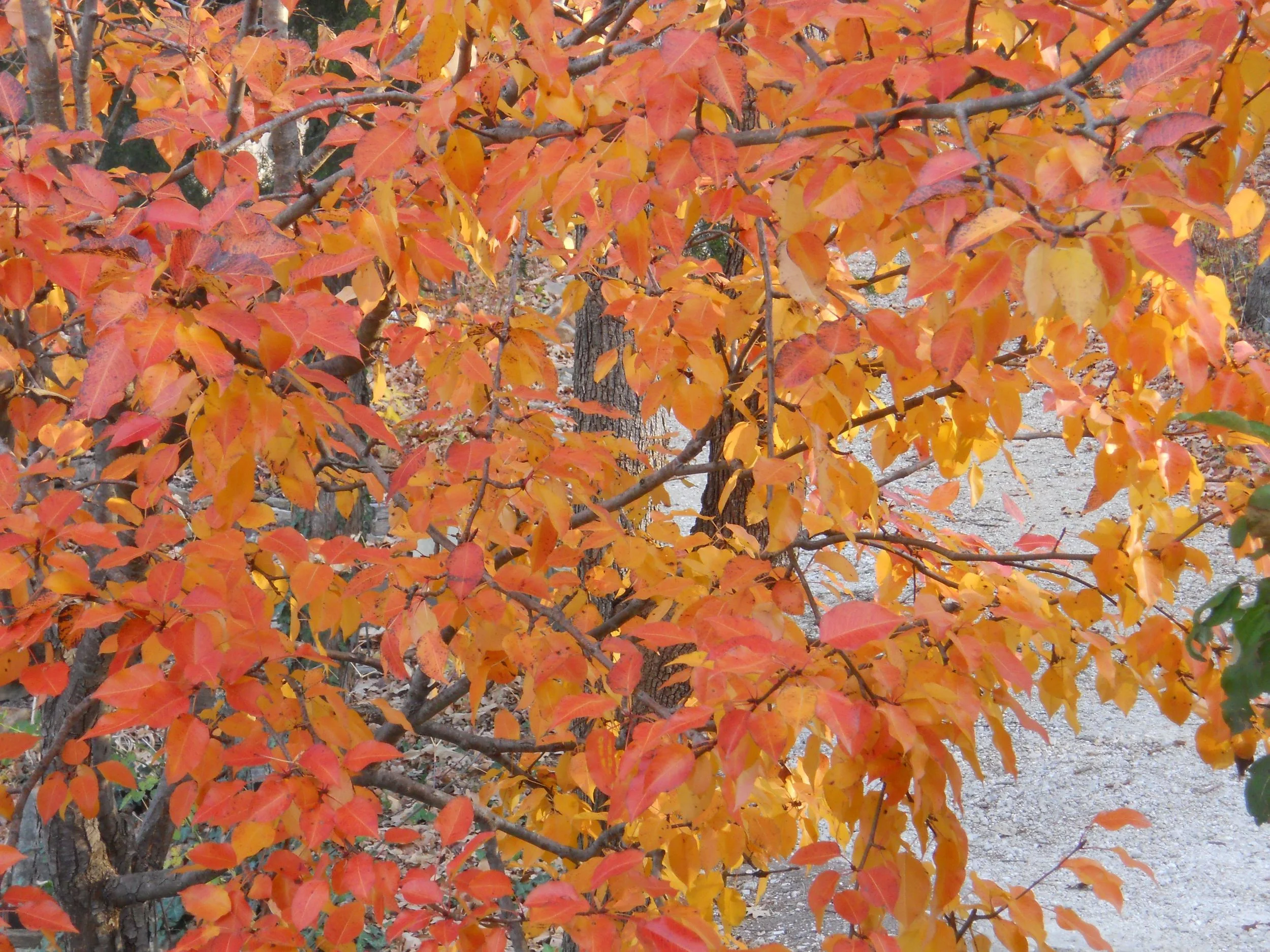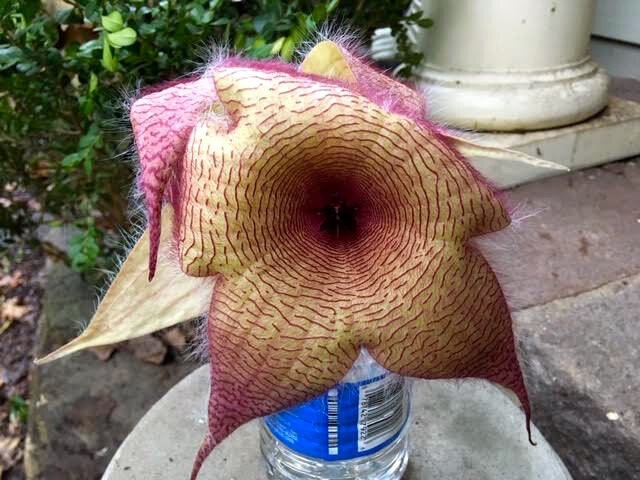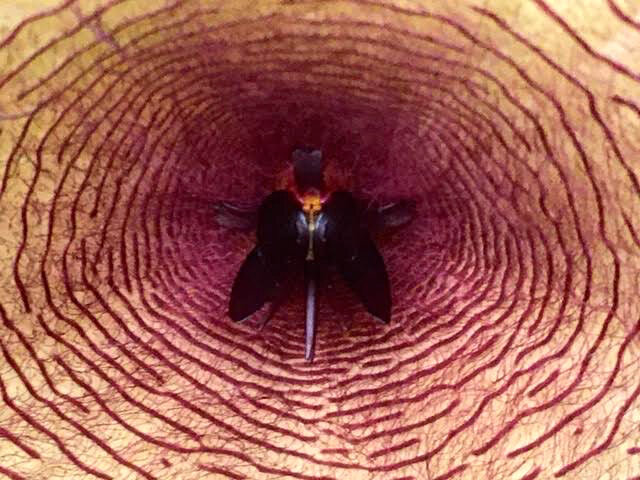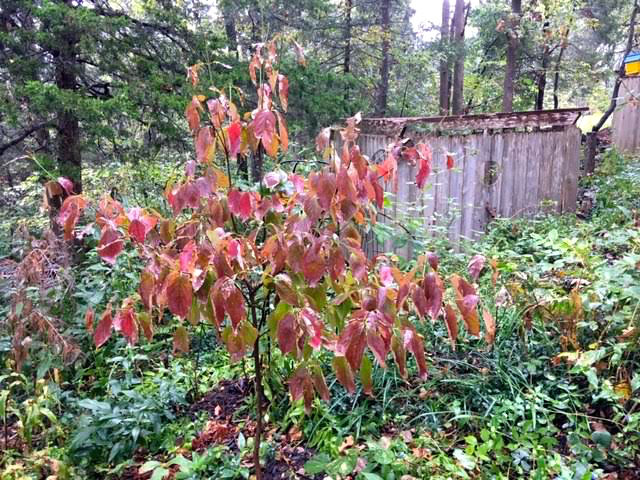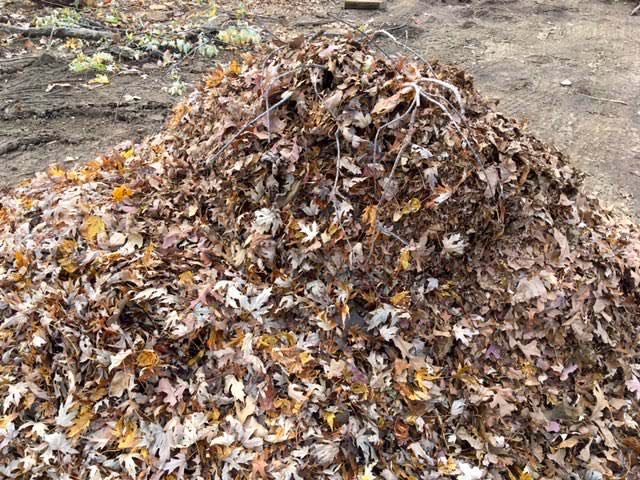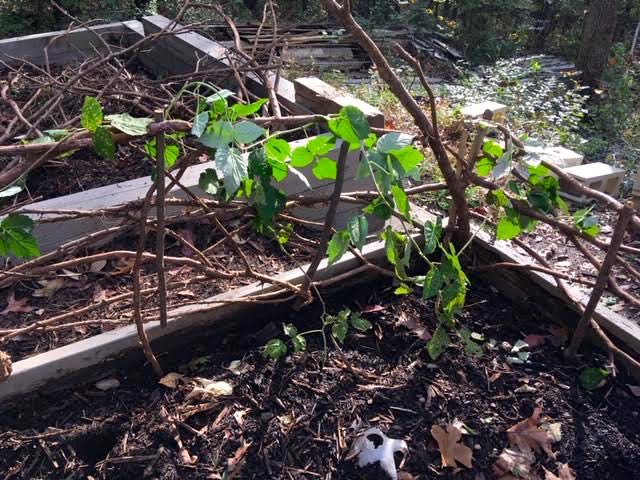Tree Spikes
/A weed remover makes adding fertilizer spikes easy after a good fall rain. (Photo by Charlotte Ekker Wiggins)
Tree Spikes
No, I’m not talking about anything metal. These tree spikes are time released fruit tree fertilizer shaped into a spike. They come with a small plastic top one is supposed to place on the blunt side of the spike, then it is pushed into the ground by pounding the plastic.
Tree spikes are a bit controversial. Because they are concentrated in one spot once placed in the ground, tree roots may not have access to the fertilizer nourishment evenly. A granular fertilizer will provide more even fertilizer along the tree drip line, more evenly encouraging root growth.
However.
I garden on a Missouri limestone hillside. The chances that my granular fertilizer will stay in place long enough to integrate with the soil in spring during heavy spring rains is pretty low to poor. Even so, I will spend a good day in spring making small trenches around the dwarf fruit trees and giving them a good supply of compost to feed them through the upcoming growing season.
In fall, I hedge my bets by placing fruit tree spikes around my fruit trees. With the ebb and flow of fall temperatures and rain, the fruit spikes will decompose and integrate themselves into the soil. The trees are dormant but these should provide my fruit trees with a good start next spring.
Push the tree spike in next to the weeder, then push into the ground. (Photo by Charlotte Ekker Wiggins)
In other words, the tree spikes won’t be carried down the hill in the next fall rain.
I use these mostly for my young dwarf fruit trees. They need all of the help they can get in my garden to get strong roots established so they can grow next spring.
Charlotte
